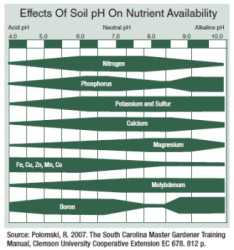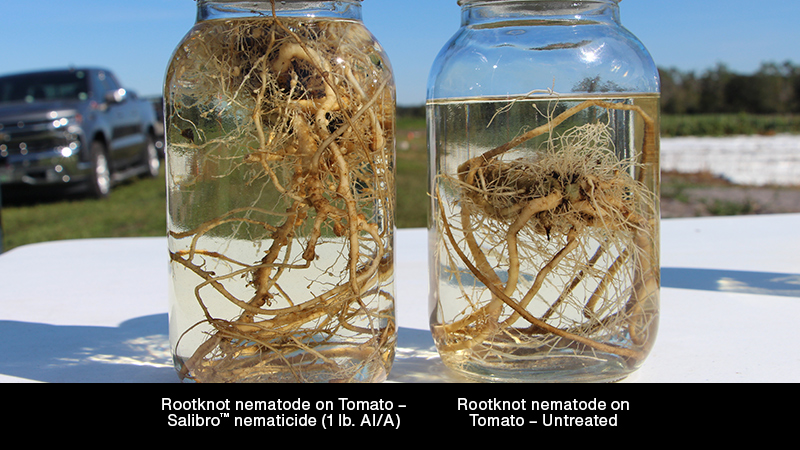What Happens When Your Fertility Management Program Is Incorrect

The implications of improper fertility management are many. Supplemental fertilization is expensive. If nutrients are supplied in excess, luxuriant vegetative growth may result causing internal canopy shading, thereby reducing fruit quality this year and reducing flower bud production for next year’s crop. Too many leaves and too dense a canopy causes restriction of air movement and limits sunlight penetration that is necessary for drying plant surfaces. Further, a dense canopy impedes penetration of foliar applied pesticides to thoroughly coat and protect leaves, limbs, and fruits. Thus, a high humidity microclimate is created within the tree that is very favorable for supporting growth of some fungal diseases such as brown rot. Too much shoot growth this summer also means extra time and labor cost for pruning in the dormant season. Further, excess uptake of some nutrients can create plant toxicities that also harm tree growth and development.
Nutrient Deficiencies
If specific nutrients are deficient in the soil, canopy growth may be stunted and fruit size and quality can be impaired. Persistent nutrient deficiencies will limit long-term growth, productivity, and tree survival. If nutrients are applied at the wrong time, they may be unavailable when the feeder roots are growing and capable of absorbing them.
Most of these small diameter feeder roots occur in the top 12 inches of soil. If the soil pH in the rooting zone is incorrect, soil-applied nutrients could be “tied up” and rendered unavailable for root uptake (see pH effects on nutrient availability diagram). If trees go into the winter nutrient deficient, early spring growth will be compromised. Fertilizer applications in the springtime primarily sustain continued growth that was first initiated by fall-stored reserves. Getting fertility right is not a simple matter, but it is a critical one.
Perform A Soil Analysis
Prior to planting the orchard, you should perform a soil analysis and make necessary amendments and adjust pH according to the recommendations of your local county Cooperative Extension service. Testing the soil at two separate depths (0 to 8 inches and 8 to 16 inches) is helpful. Based on the soil test results, you will learn what amendments are necessary and how deeply they need to be incorporated into the soil profile.
There may also be a need to increase the percentage of organic matter. Annual soil testing after the orchard is established can check for nutrient availability in the soil and also determine pH changes from one year to the next.
Foliar analysis during the growing season can be used to determine the nutrient status in the tree. Even visual symptoms after harvest (i.e., pale leaf chlorosis with red stem coloration — possible nitrogen deficiency) could indicate that a small dose of calcium nitrate might be necessary to help strengthen the tree before going into the fall and ensuring sufficient reserves for a good spring bud crop.
The single most important nutrient that is needed and used by the peaches every year is nitrogen. Although a certain quantity of fertilizer may be applied to the soil, losses due to volatilization and leaching will reduce the amount that is available for root uptake. For specific fertilizer requirements and recommendations, please consult your local county Cooperative Extension service.
Visual symptoms of nutritional deficiency or excess in peach can be viewed on my “Everything About Peaches” website at: www.clemson.edu/extension/peach/faq/peach_nutrition.html.










